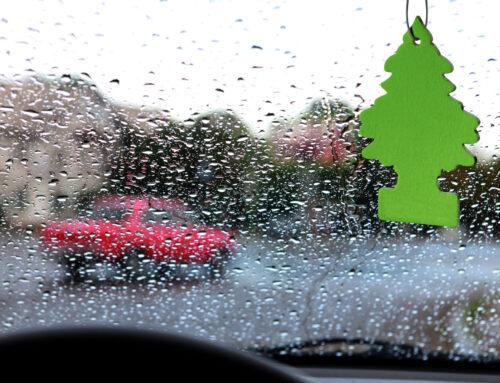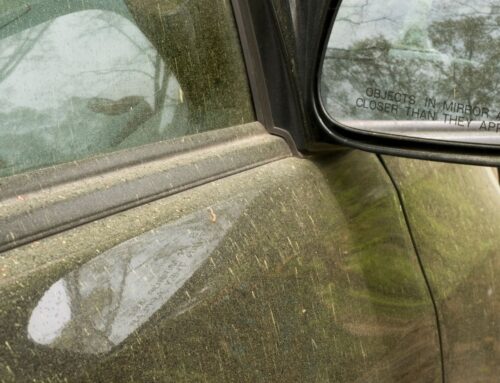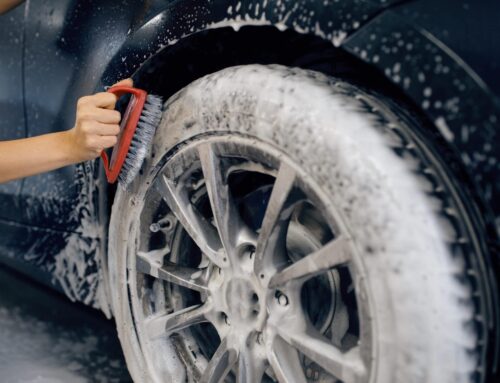Oxygen is everywhere in the atmosphere around you. That’s a great thing for your human body because you need oxygen to breathe, function, and live. This gas is also good for the engine in your car if the vehicle has a combustion engine. Combustion engines need oxygen to burn fuel and move you around. However, oxygen is not so great for the finish of your vehicle because too much of the gas can result in car oxidation. Oxygen molecules constantly come into contact with your vehicle’s paint job on the surface. Over time, this contact results in surface molecules losing their electrons, meaning those molecules fall apart. The molecules in the paint of your car are very susceptible to this.
If you’d like to learn more about this, then keep reading. You’ll first learn what car oxidation is before seeing what the different levels of car oxidation are. Then, you’ll read specific tips from Splash and Go Express Car Wash that you can use as a process for removing car oxidation, followed by preventative measures you can undertake.
What is Car Oxidation?
In terms of cars, if you mention ‘oxidation’, most people think you’re referring to rust. However, experienced car enthusiasts know that oxidation is a really difficult issue for vehicles well before rust can even start happening. Oxygen molecules can start devouring your paint job before they ever start dining on the door panels inside. Scientists explain that oxygen molecules are in a constant state of action that causes molecules they come into contact with to give away their electrons. As time passes, this means that the non-oxygen molecules who give up their electrons will start to actually disintegrate. If this occurs on a car finish, the first instances are just mild changes to the visual appearance. However, if this gets left unchecked, it can turn into a much bigger problem.
Different Levels Of Vehicle Oxidation
As the paint of your vehicle keeps oxidizing, the effects will become increasingly pronounced. Initially, you’ll just notice that your paint is a little duller than it once was. Next, the paint surface will start fading, meaning the colors aren’t nearly as vibrant as they once were. In time, a paint job undergoing heavy levels of oxidation will have a surface that is dull and even chalky. When car oxidation hits its final stage, the clear coat will deteriorate. That results in patches of paint that permanently dissolve away, creating an opening for rust and leading to repainting the vehicle.
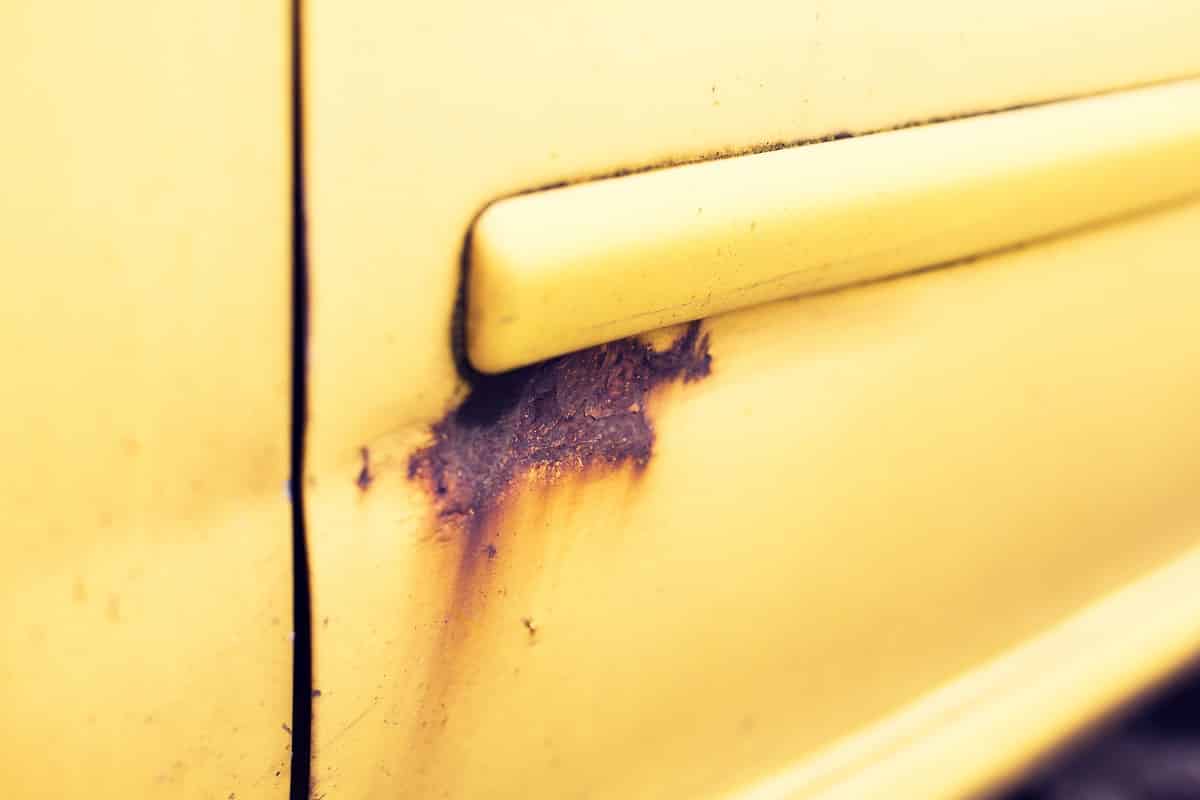
Tips For Removing Oxidation From A Vehicle
You can’t keep your car in a totally empty vacuum at all times, even though this is the one thing that can prevent car paint oxidation from happening at all. However, you can take steps to prevent oxidation from turning into a worse problem if you employ routine car care with the right tools. Do the following to remove car oxidation before it has a chance to significantly damage your vehicle’s paint job.
- First, move your car into a well-shaded area. Preferably, the shaded spot will have a temperature between 70 to 75 degrees on the Fahrenheit scale.
- Get a good washing mitt and absorber to totally clean the exterior of your car. Remove all the dirt and dust before you dry it as thoroughly as you can.
- Choose a product you trust that is specifically intended for the removal of oxidation. Apply it to eliminate any oxidation currently happening on your vehicle’s paint surface. If you have mild-to-moderate oxidation, a polishing compound is likely going to be enough to be effective. However, if your oxidation has gotten heavy, then you need a rubbing compound.
- Apply your compound gently, and only to a small area. Work it the best you can into the paint before quickly removing it. Repeat this particular step of the process as many times as necessary to see that any signs of oxidation are now gone.
- Give your vehicle another layer of protection by waxing your car once it’s washed and polished. This will help prevent future car oxidation.
- Make sure you use a specialized cleaner for your headlights. They can also get oxidized, so make sure you clean and polish these components as well.
Car Oxidation Preventative Measures
The most effective method of preventing car oxidation from turning into a real issue is just keeping up with the care for your car’s exterior. Be sure to get a car wash often to remove dirt and road chemicals, such as road salt. Monthly waxings also give your vehicle a useful protective layer as a shield against car oxidation. If possible, keep your vehicle underneath a car cover or inside a garage, whenever you can. If you implement all of this into your car care, you can prevent the insidious spread of oxygen’s damage across your car’s shine and gloss.
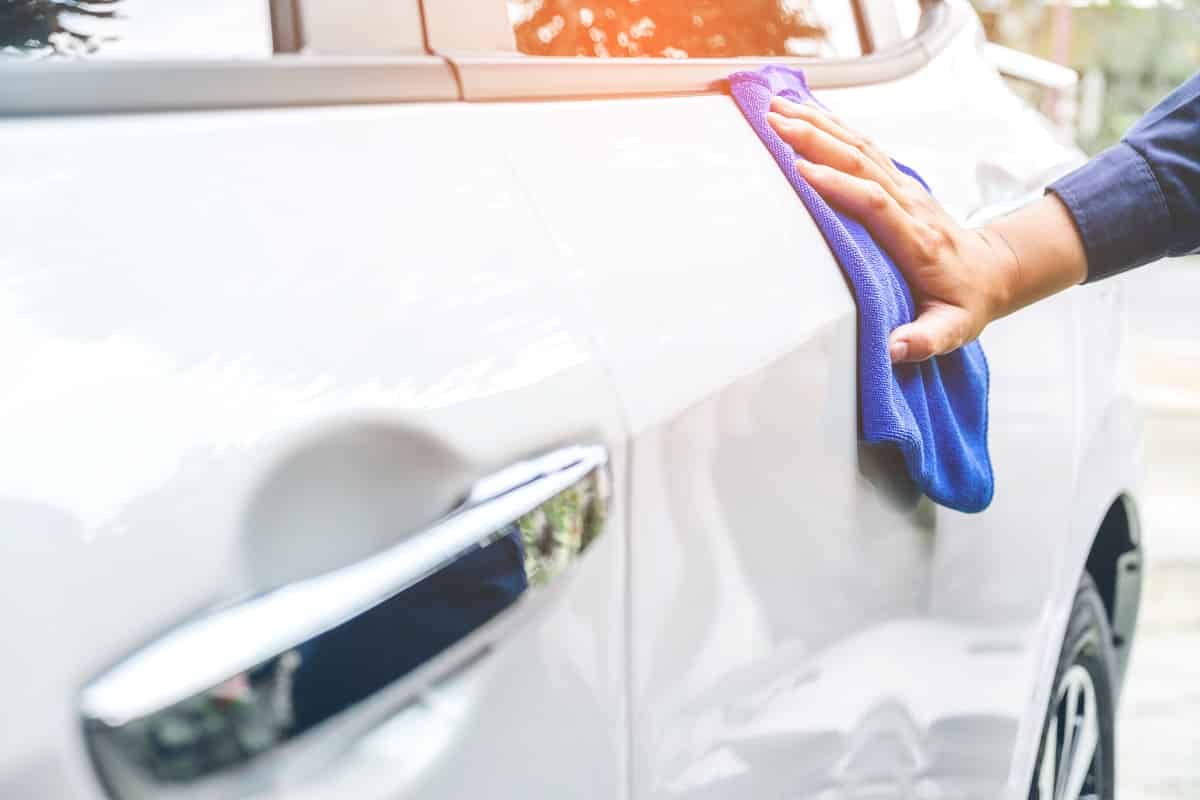
Why Car Oxidation is Important
You might think that car oxidation is merely a cosmetic issue, and for a long time, it might be. However, isn’t that enough? Purchasing a car is a large expense and taking care of your vehicle will ensure that the value stays up and it continues to look nice.
Secondly, when oxidation takes hold and starts ruining the exterior of your vehicle, the expenses of repair work and corrections can really start to add up. Preventative maintenance is more cost-efficient and effective. For that matter, a ruined exterior is only going to hurt your resale or trade-in value later, especially if you try and sell the car yourself or post photos of it online. You never get a second chance to make a first impression, and oxidation damage doesn’t make a good initial impression.
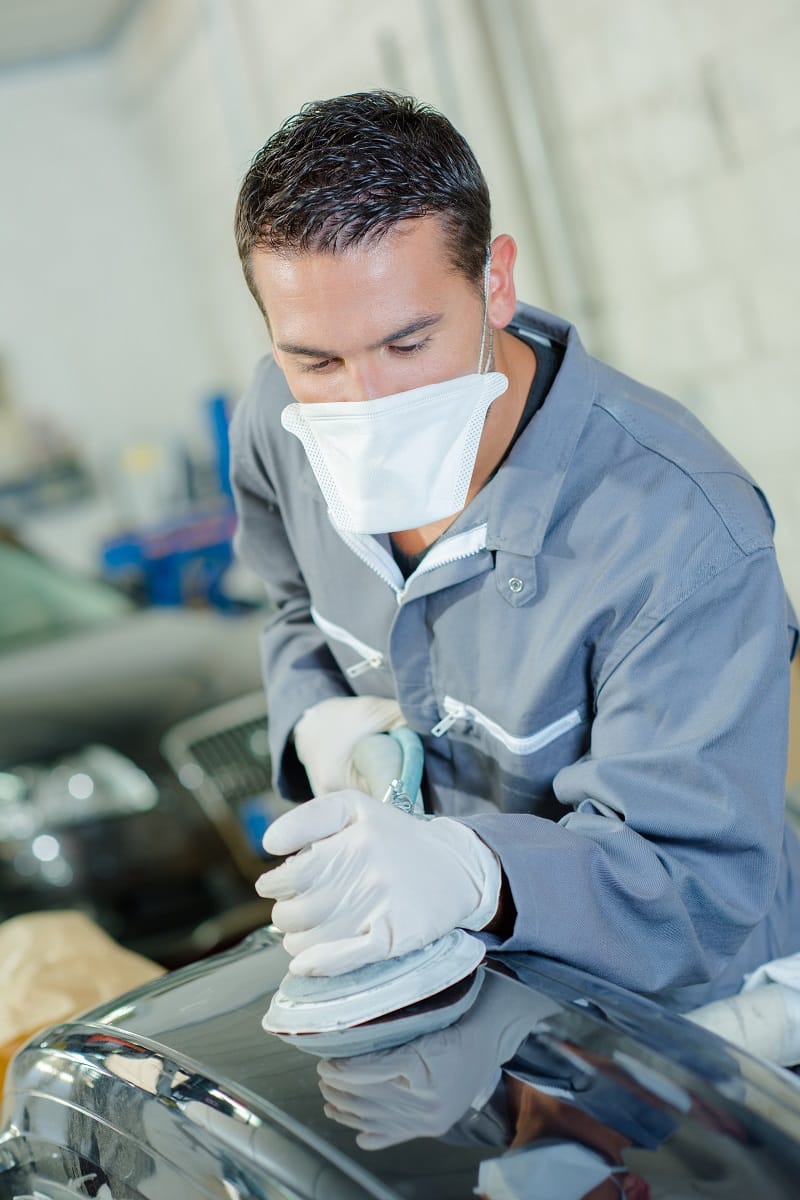
Third, and perhaps most importantly, when left unchecked, oxidation does eventually get past the paint and start rusting and eating the actual core of your car. Whether it’s the hood over your engine or the door panels protecting you from the outside world, your very safety is going to be at risk.
Visiting Splash and Go Express Car Wash can help jumpstart the prevention of car oxidation. Make sure you check out our monthly club memberships to keep your vehicle in tip-top shape. We’ll see you soon!

